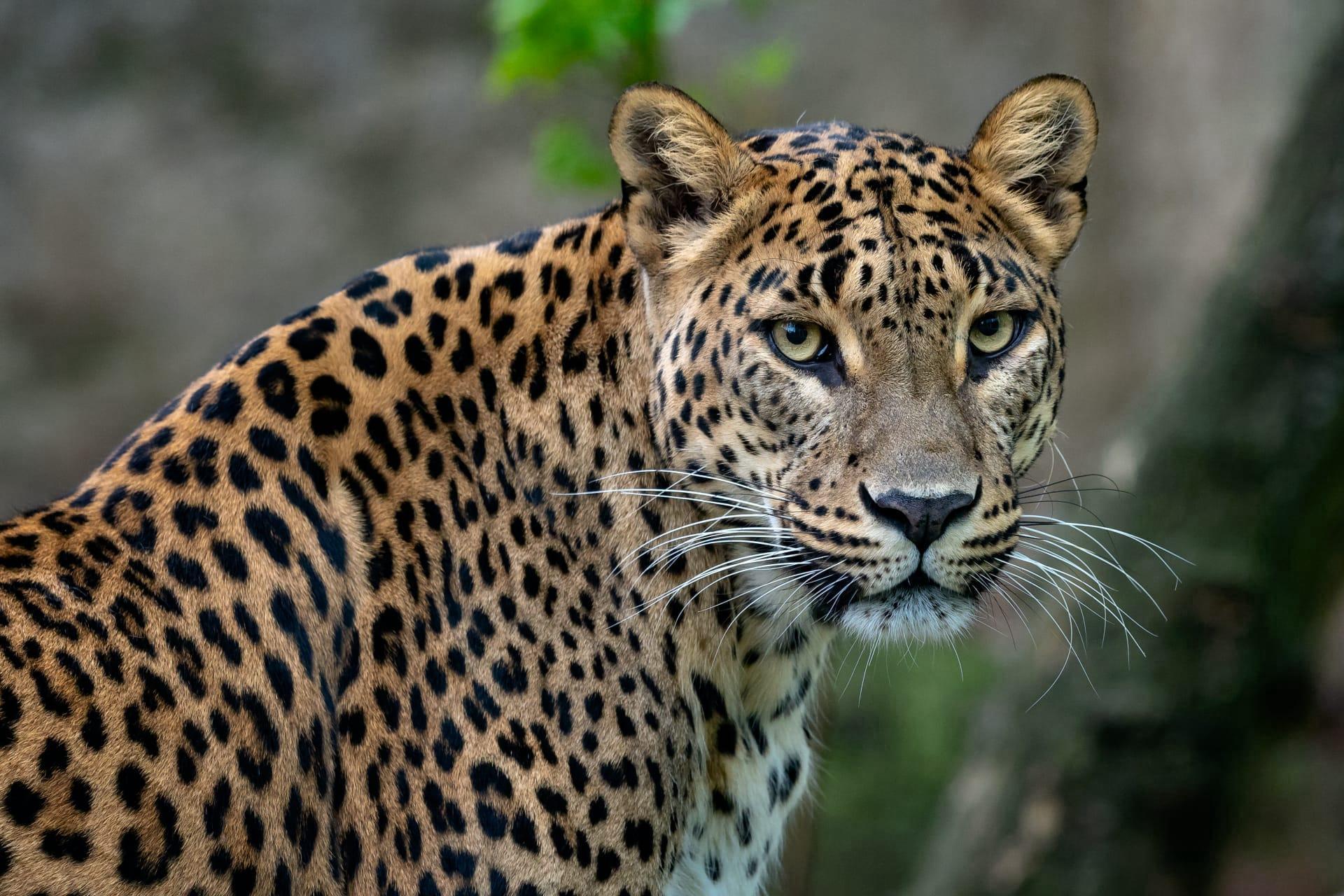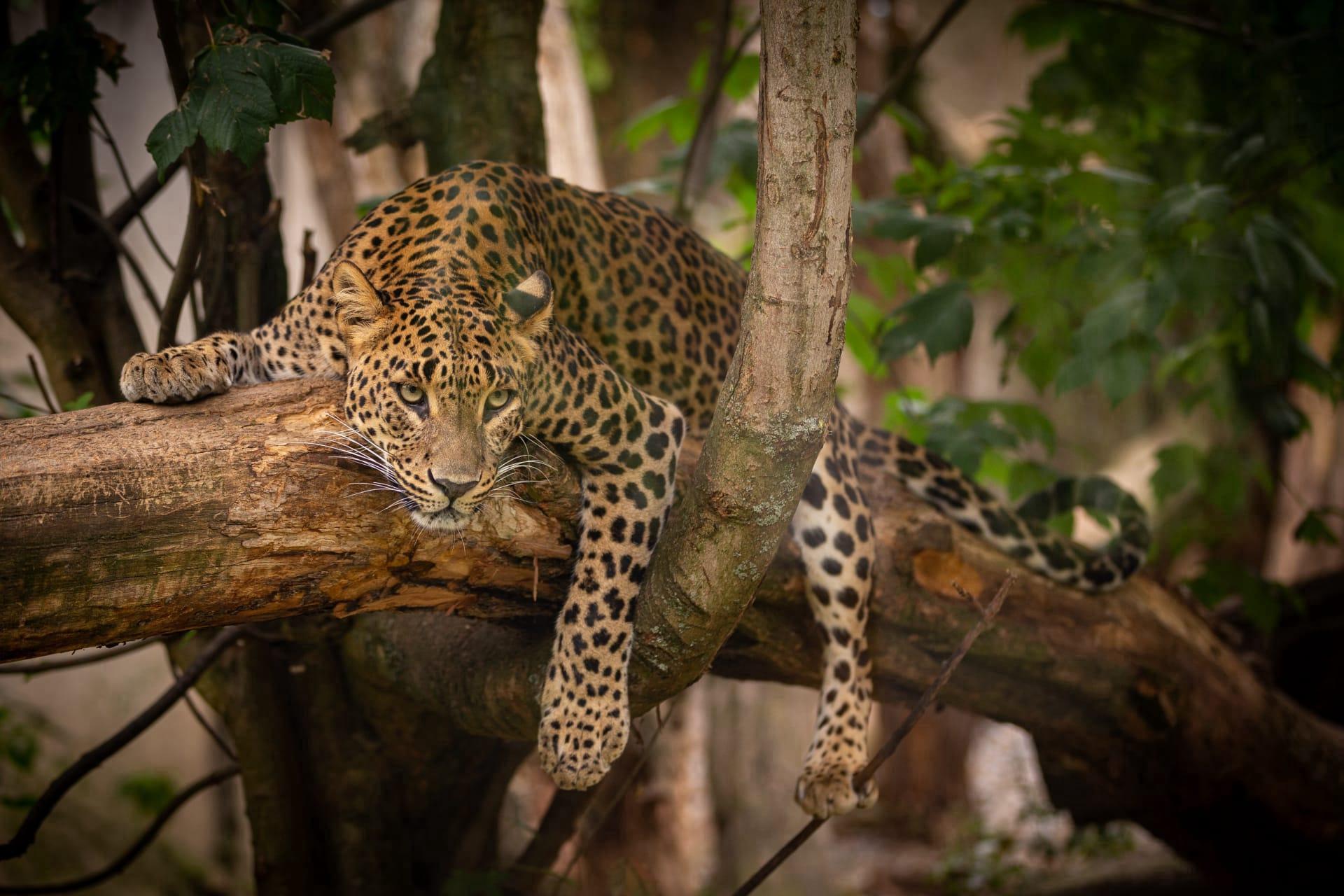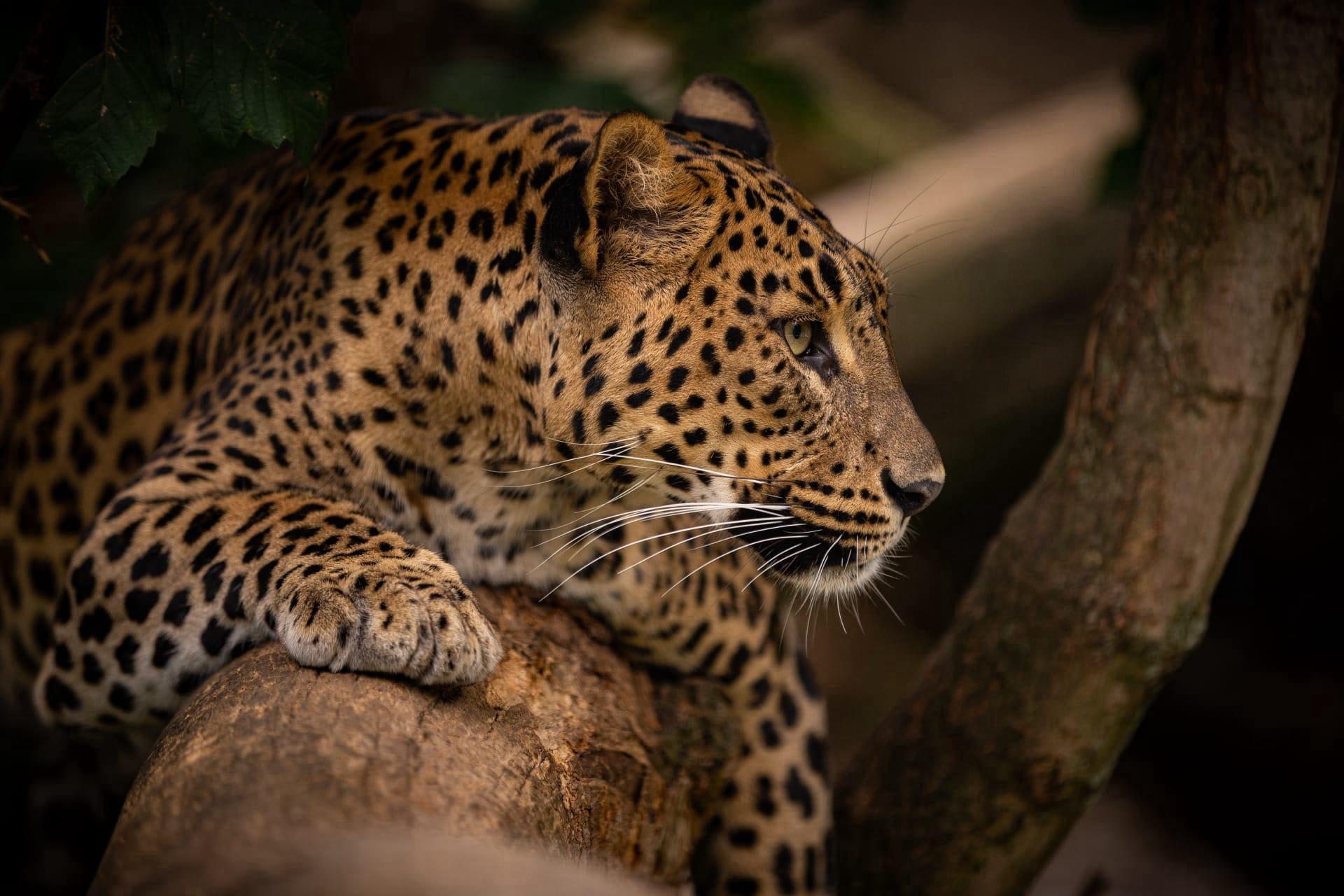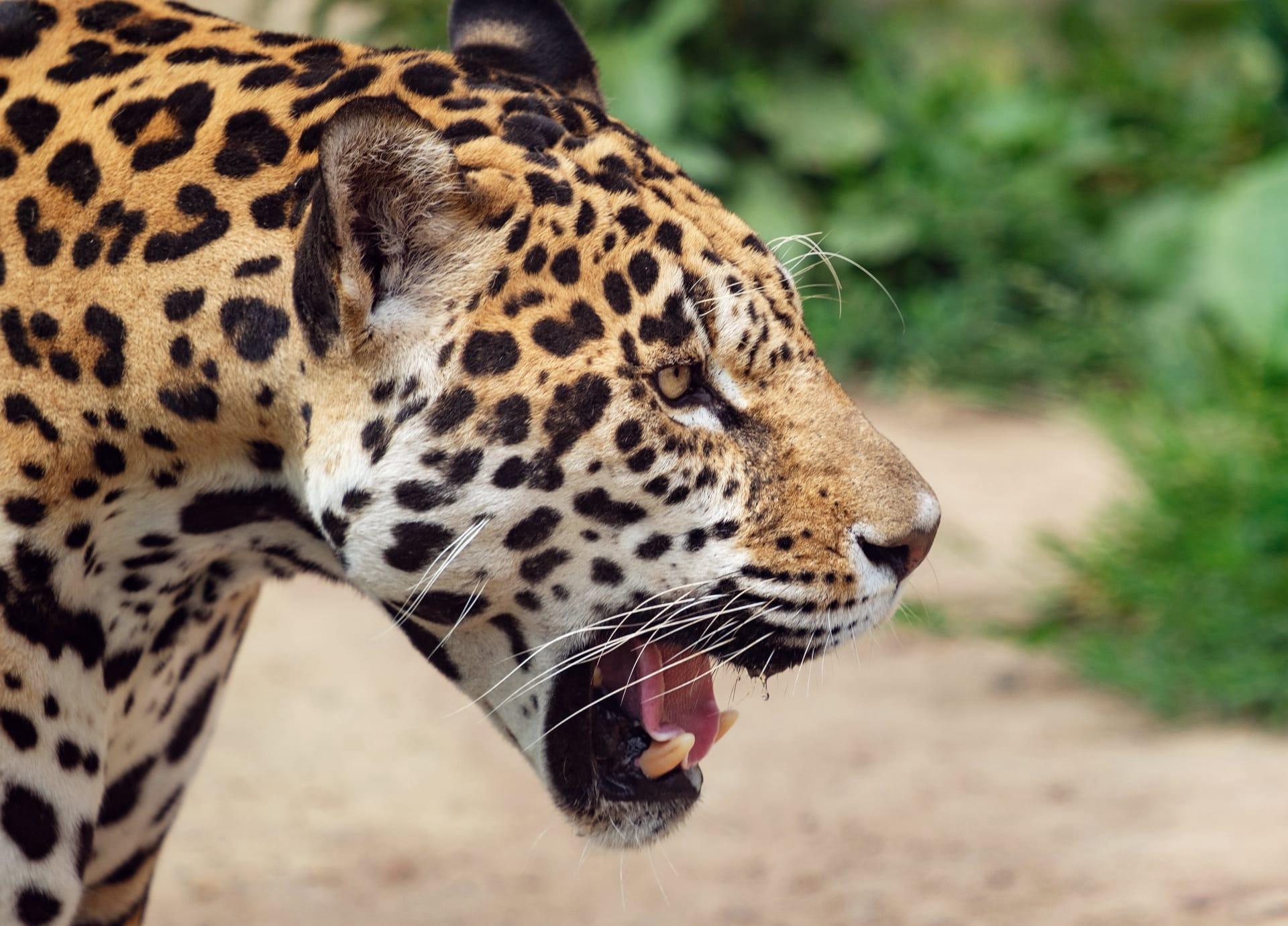1
Amur leopards are one of the world's most endangered big cats, with an estimated wild population of just around 100 individuals. They inhabit a small region in the Russian Far East and China, surviving in temperate forests with harsh winter conditions. Their thick fur, which grows up to 7.5 cm long in winter, helps them endure these cold climates. This fur is also uniquely patterned with rosettes, making each leopard's coat distinct. Amur leopards can leap more than 19 feet horizontally and up to 10 feet vertically, showcasing their extraordinary agility and strength in navigating their rugged forest habitat.
These leopards have a varied diet, primarily hunting roe deer, sika deer, and hares. They are solitary and nocturnal creatures, using their exceptional night vision to track and hunt prey in the dark. An adult Amur leopard can consume up to 20 pounds of meat in a single feeding session, showcasing their formidable hunting skills. Their hunting territory spans an extensive area, with males occupying territories up to 60 square miles and females covering about 20 square miles. This wide range is crucial for their survival, as it ensures access to sufficient prey.

2
Amur leopards have a unique adaptation for living in snowy environments: their large paws act like snowshoes, distributing their weight and preventing them from sinking into deep snow. This adaptation is vital for hunting and moving efficiently in their habitat. Their fur changes color seasonally, turning from a reddish-yellow in summer to a more pale, golden color in winter, offering camouflage in different environments.
These leopards are also known for their incredible lifespan, particularly in captivity. While the average lifespan of an Amur leopard in the wild is around 10-15 years, in zoos, they can live up to 20 years or more. This extended lifespan in captivity is attributed to regular meals, absence of predators, and veterinary care. The oldest recorded Amur leopard lived up to 23 years in a zoo, highlighting the impact of controlled environments on their longevity.

3
The Amur leopard plays a crucial role in its ecosystem as an apex predator. By controlling the populations of other animals like deer and rabbits, they maintain a balanced ecosystem. This predatory behavior ensures that the weaker animals do not overpopulate, which can lead to overgrazing and imbalance in the forest ecology. They also aid in seed dispersal through their prey's consumption, contributing to the health of their forest habitats.
Interestingly, these leopards are known to have a distinct way of communicating through scent marking. They use urine and gland secretions to mark their territory, keeping other leopards informed about their presence and reducing direct confrontations. This scent marking is especially important during the breeding season, as it helps males and females locate each other. They also use a variety of vocalizations for communication, including growls, roars, and purrs, each serving a different purpose in their social interactions.

4
Conservation efforts for the Amur leopard have been critical in increasing their population over the past few years. Anti-poaching measures, habitat preservation, and international cooperation between Russia and China have been key factors. Breeding programs in zoos worldwide have also contributed to their conservation, with successful efforts to reintroduce captive-bred leopards into the wild.
Amur leopards have a unique reproductive behavior. Females give birth to litters of one to four cubs every two to three years. Cubs are born blind and helpless, weighing just about 1.5 pounds, and rely entirely on their mother for the first few months. They start hunting with their mother at around three months and become fully independent by 18-24 months. This slow maturation process is one of the reasons why their population growth is gradual, making their conservation a long-term effort.

5
Climate change poses a significant threat to the Amur leopard. Changes in temperature and precipitation patterns could lead to alterations in their habitat and prey availability. As their habitat is already limited, any further changes could severely impact their survival. Efforts to mitigate climate change effects are crucial for their continued existence.
Despite their elusive nature, Amur leopards have been the focus of many research studies using camera traps. These cameras have provided valuable insights into their behavior, population size, and health. They have captured rare images of these secretive cats in their natural habitat, helping researchers monitor their activities and implement effective conservation strategies. This non-invasive technique has been pivotal in understanding and protecting the elusive Amur leopard.